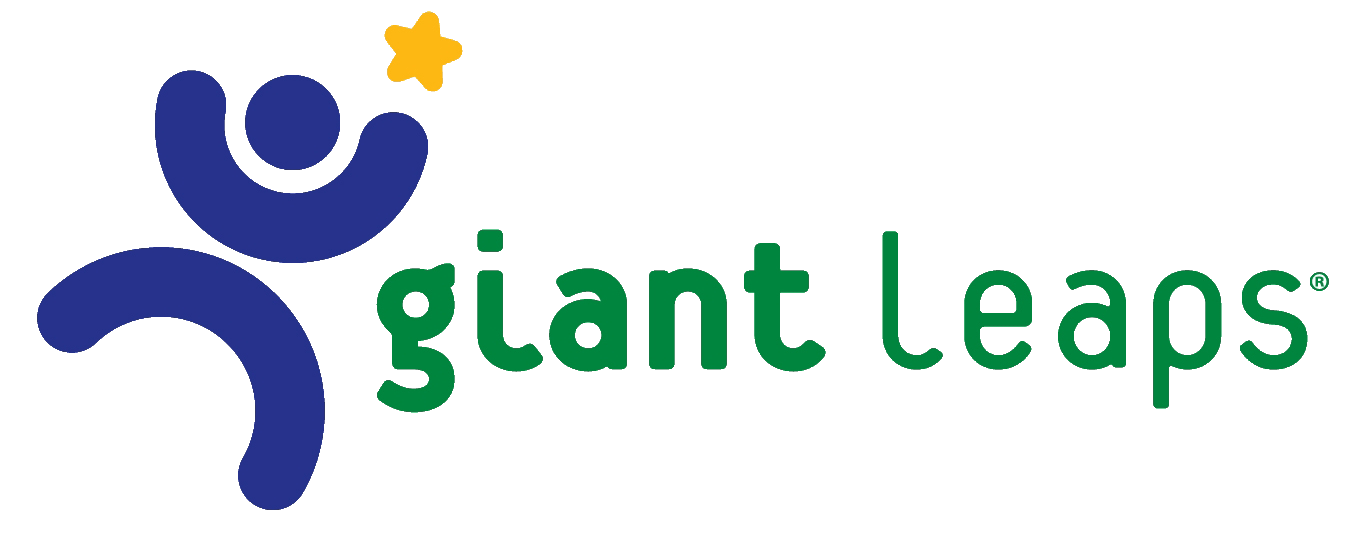About the Zones of Regulation
The Zones of Regulation is an original framework and curriculum created by Leah M Kuypers, M.A. ED., OTR/L. The goal of the Zones of Regulation program is to support a child’s ability to categorize the complex feelings and states of alertness they experience and improves their ability to recognize and communicate how they feel in a safe, non-judgmental way.
The Four Zones:
The Red Zone is used to describe heightened states of arousal and intense emotions such as feeling elated/overjoyed, panicked, angry, or terrified.
The Yellow Zone is also used to describe a heightened state of arousal and elevated alertness, however, an individual has more control in this zone. Examples of feelings in this zone include worried, frustrated, nervous, excited, and silly.
The Green Zone describes a calm state of alertness. A person in the green zone is ready to learn and may be described as focused, content, proud, and calm.
The Blue Zone is used to describe someone who is experiencing a low state of arousal/alertness or “down” feelings such as being sad, tired, sick, or bored.
After a child has categorized their feelings into colored zones, they may consider if these feelings need to be managed as it relates to context. Strategies and tools are identified in cooperation with the child to help them move between zones and/or manage the zone which they have identified. This framework emphasizes the idea that everyone experiences all Zones at one time or another and no Zone is “bad.”
How can the Zones help my child?
Initially, your child, teen, or young adult will learn to identify a range of emotions as they relate to a “Zone.” Targeted practice in reading body cues and identifying triggers regarding how their body feels will be examined and how behaviors may affect others will also be explored. Once successful at identifying Zones, feelings, and behaviors, students will trial various tools that are calming or alerting depending on their needs. Strategies may include sensory supports such as activities with intense proprioceptive and tactile input, calming techniques like slow, linear vestibular movement, and thinking strategies so that the child learns why, when, and how to use these tools to influence their “Zones” in everyday situations.
START MAKING GIANT LEAPS
please contact us to begin

